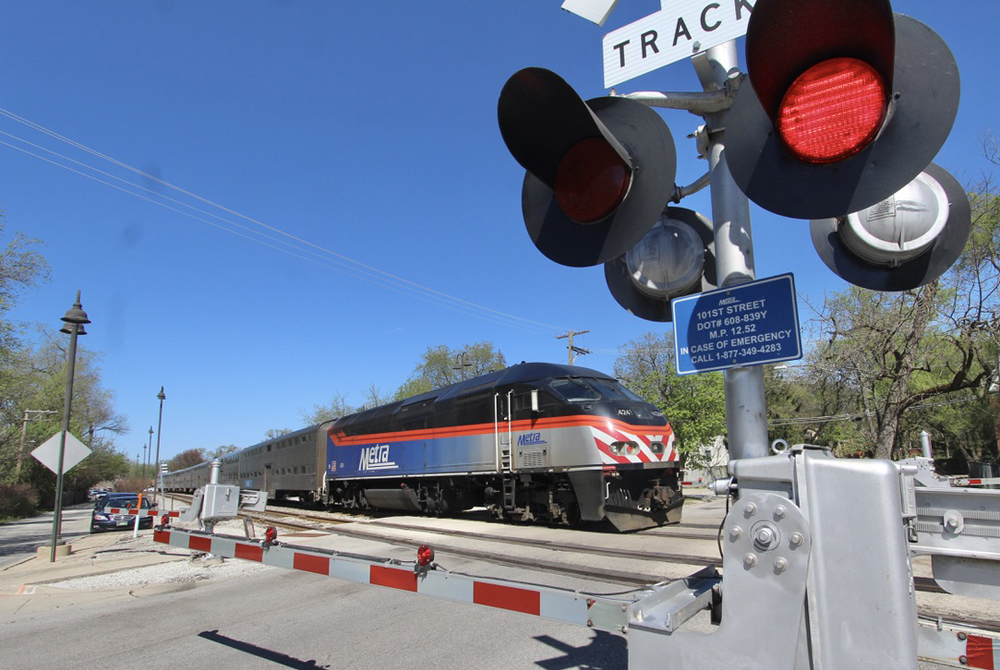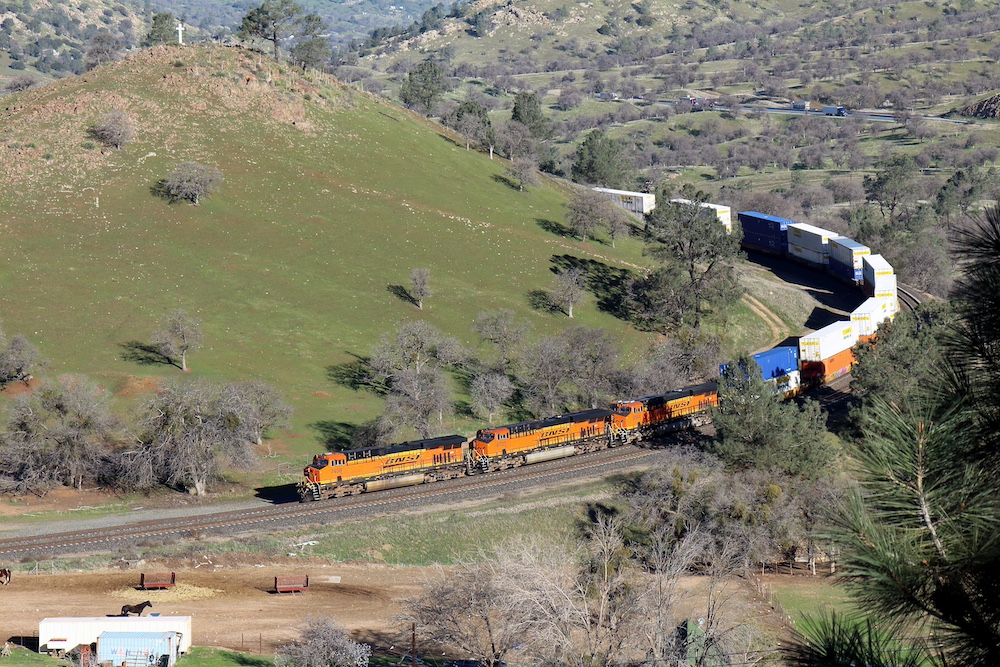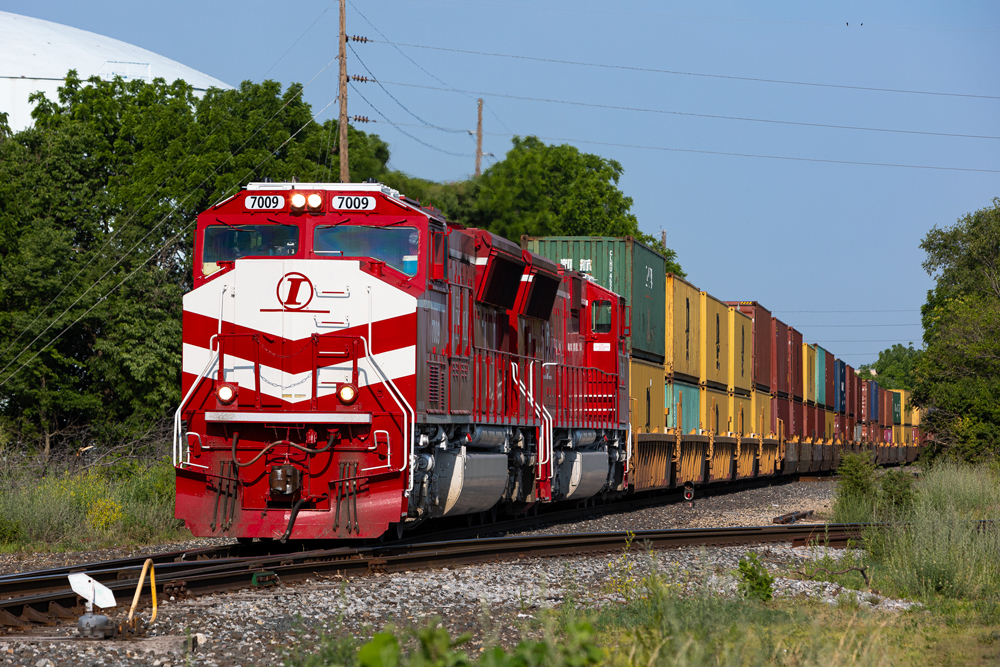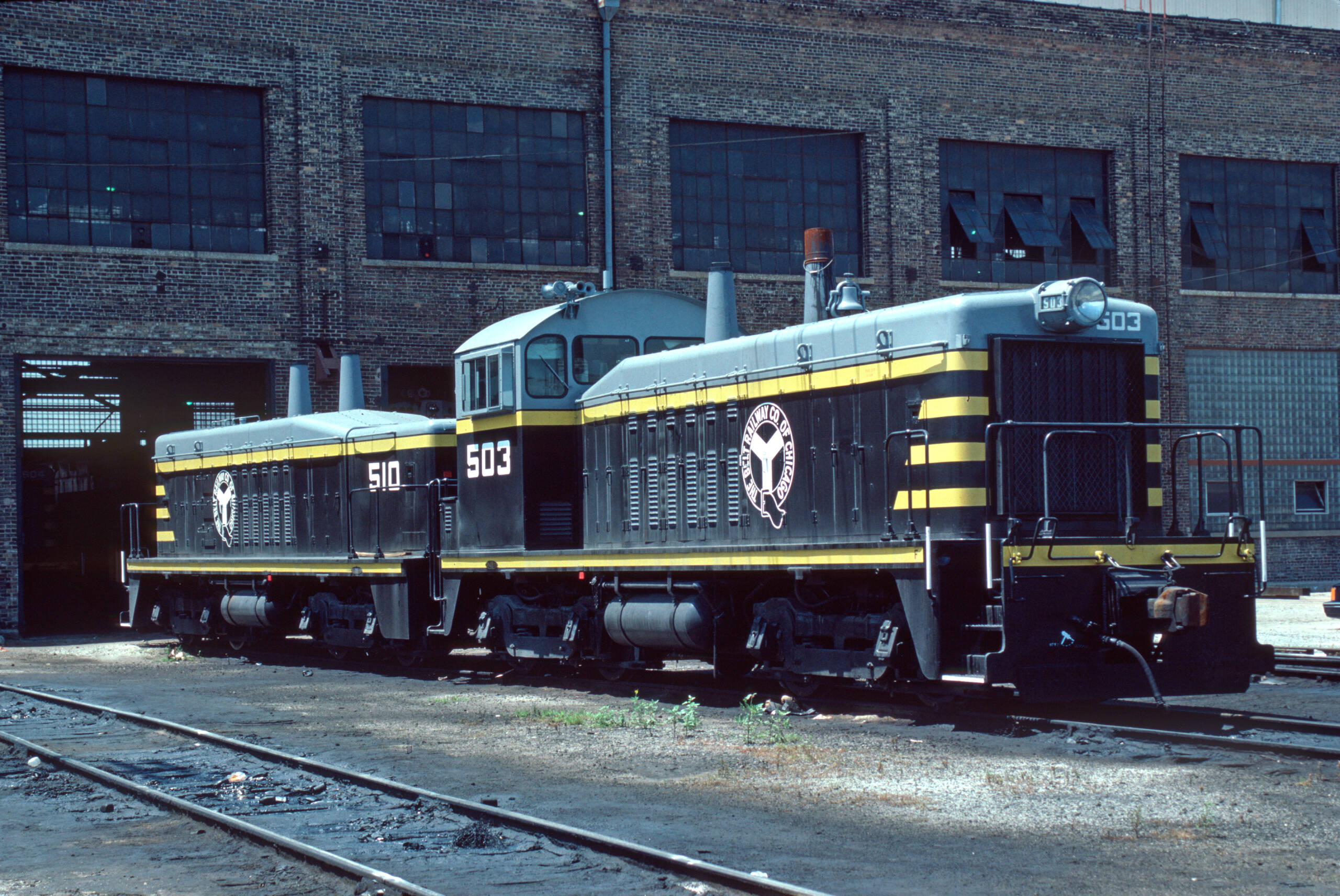Trains take a detour
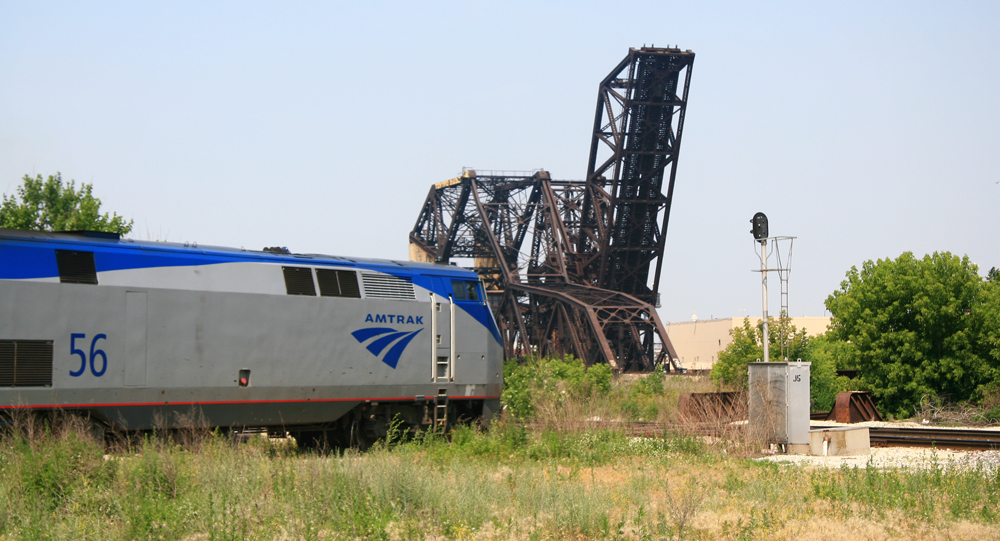
The whir of an electric switch motor fills the air as a dwarf signal flashes from red to green. Beneath a blinding headlight, four locomotives advance stiffly along a tight connecting track as the rails squeal in protest. A dark figure emerges from a pickup truck waiting in the gathering darkness, swinging a grip onto the lead unit’s pilot before mounting the steps. Throttling up, the long train accelerates into the night, leaving its usual route behind for the unobstructed trackage of another railroad.
The “dark figure” was a pilot engineer, and this scenario was repeated hundreds of times during the summer of 1993 when cataclysmic flooding in the Midwest forced railroads to use routes far from their accustomed territory.
But detours are also an everyday experience. Wrecks, scheduled maintenance work, washouts, mudslides — all of these obstacles may cause trains to detour.
Although railroads have a long history of competition, they decided long ago that it made sense to cooperate in times of crisis. To provide a contractual framework for such cooperation, the American Railway Association in 1905 adopted a “Standard Form for Detour Agreement” which railroads could sign to govern emergency operations over each others’ lines. Though heavily modified over the years, this modest document, printed on both sides of a single sheet of legal-size paper, continues to control most detour movements today.
Establishing and operating detour moves
Under the Detour Agreement, the railroad desiring to detour its trains (called the Foreign Company) notifies the railroad it wants to use (the Home Company) why it needs to detour, what part of the Home Company’s lines it wants to use, how many trains it wants to detour, “and such other information as may be required by the Home Company.” The Home Company has complete discretion to accept or refuse offered detours. As a practical matter, though, railroads rarely refuse detour movements, because no carrier ever knows when it will need the favor returned.
When a detour is accepted, the Foreign Company normally will operate trains over the Home Company with its own crews, using its own locomotives. However, the Detour Agreement requires the Home Company to provide a pilot (usually an engineer or conductor) for safety reasons, because the Foreign Company’s crews will not be familiar with the Home Company’s line or signals.
If the detour is a long one, covering several crew districts, the Foreign Company may ask the Home Company to supply crews over the middle portion of the route. The Foreign Company may also require additional locomotives from the Home Company, usually when helper units or locomotives with cab signals are required to get over the railroad.
Liability issues
The Foreign Company assumes all risks of liability arising out of the detour operations. Its responsibility is absolute, even if the Home Company is clearly at fault.
This principle was confirmed through litigation involving a Rock Island detour over the Burlington. While the Rock was repairing its bridge at Joliet, Ill., in September 1964, it detoured its trains over CB&Q’s Streator Branch between Ottawa and Montgomery (west of Aurora) and the Burlington main line east of there to Chicago. The Q was converting its rod-connected interlocking at Montgomery to remote-controlled power turnouts at the time, and — because of a missing wire — it was possible for the operator in the tower to line conflicting moves through the plant.
Tragically, that’s what happened on the night of Sept. 27, when the operator unwittingly left the switch from the main line to the branch open. The Burlington’s onrushing westbound Ak-Sar-Ben/American Royal Zephyr careened through the open switch and slammed head-on into the Rock Island’s waiting Golden State at 52 mph. Four railroad employees were killed, 250 passengers were injured, and two each of Rock Island and Burlington E-unit diesels were destroyed. Even though the CB&Q was clearly at fault, the courts ruled, Rock Island was using the Q’s line under the Detour Agreement and therefore had to pay the entire cost of the accident.
Detour fees
Another cost a detouring railroad must pay is the trackage-rights charge imposed by the Home Company. Since 1978, the basic charge in the Detour Agreement has been $9 per train-mile. To that charge, the Home Company adds the cost of crews, fuel, train and engine supplies, repairs, and locomotives provided to detoured trains.
This adds up over a long detour. During the Floods of ’93, Santa Fe detoured a number of trains between Chicago and California via Chicago & North Western and Union Pacific. Because UP had to provide a pilot locomotive for each Santa Fe train to read the Coded Cab Signal system, which Santa Fe didn’t use, plus train crews along the way, UP charged Santa Fe much more than the $9 basic charge, reportedly $22 a train-mile.
For many years railroads didn’t pay much attention to the level of the basic charge, because of the reciprocal nature of the Detour Agreement. In 1993, UP led a movement to escalate the $9 charge to more current levels, which would have increased it to about $24.
While UP hadn’t persuaded its old-line competitors to go along before the 1993 floods struck, it did impose its new policy when Gateway Western asked to detour trains between St. Louis and Kansas City. GWWR had not previously signed a Detour Agreement with UP, and Omaha quoted it a basic rate of $20 per train-mile, subject to a $250 minimum charge. This left the flood-ravaged regional with a Hobson’s choice — pay UP’s charge for a 280-mile detour, or pay BN the standard $9 rate for a 440-mile run over the former Frisco via Springfield, Mo. (Ultimately, GVVWR used both routes.)
There’s one operator that isn’t bound by the Detour Agreement — Amtrak. The passenger carrier has the right, under the Rail Passenger Service Act and its contracts with the major railroads, to detour trains for incremental costs, meaning the specific cost of operating the detoured train without any profit element.
Amtrak is also insulated to some degree from the costs of using railroad crews by the unusually long crew districts it has established for passenger operations. However, Amtrak still must use railroad pilots when its crews are not qualified to operate over unaccustomed territory and rent locomotives when its own units can’t read the host railroad’s cab signals.
This article, originally entitled “When trains must leave home,” appeared in the November 1993 issue.






